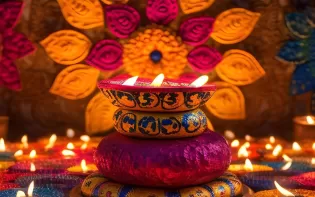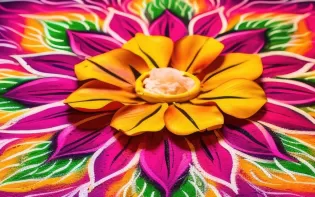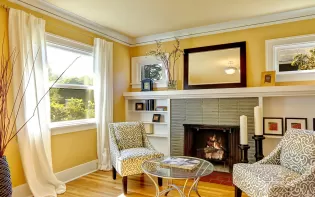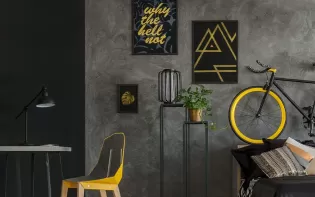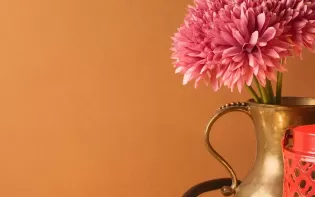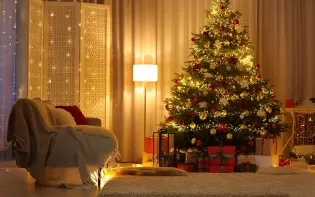
Top Interior Design for Restaurant Ideas: Simple, Stylish & Low-Budget Décor Tips
Quick Summary
Smart interior design for restaurants can transform dining spaces even on a low budget. Using paint, colour zoning, and simple techniques, you can create stylish, inviting environments that keep guests coming back.

Create Your Dream Home With Our Painting Experts
Fill the form below to book a free site evaluation by Nerolac Nxtgen painting Services expert
Indian diners today judge with both eyes and taste buds. A clever plate of biryani loses its charm if the room feels dull or outdated. That is where smart interior design for restaurant owners unlocks extra value: by using paint, colour, and inexpensive tweaks to turn four walls into an appetite-boosting backdrop.
This guide shares simple, stylish, and low-budget ideas any restaurateur can apply without hiring a celebrity architect.
Why Interior Design for Restaurant Matters for Success
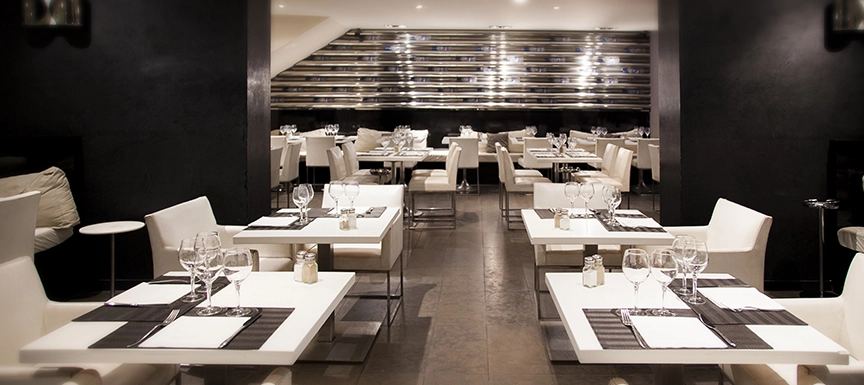
Once the ambience is set, a memory forms. The right tint of turmeric yellow or a dash of cool mint can lengthen the perceived waiting time, rush table turns, and possibly push dessert orders upwards. First-time guests have only a few minutes to decide whether they will return, and more than half of their ratings are based on the ambience rather than the food.
Wonderful restaurant décor acts in silence as an invisible staff member, telling the brand story, steering the flow of guest movements, and encouraging social media tags that serve as free marketing. Finishing the walls with something like Impression Kashmir High Sheen can add that rich, spotless surface that quietly elevates the dining experience without saying a word.
Budget-Friendly Restaurant Interior Tips with Paint
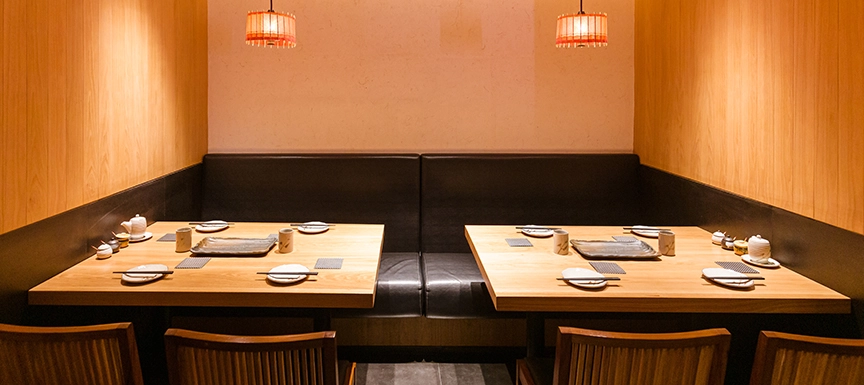
Paint remains the quickest path to a refreshed look because it covers large areas for relatively little money. Follow these pocket-friendly ideas:
- Refresh a single feature wall each season to keep the room feeling current without closing the dining hall.
- Use weather-proof exterior paint on skirting and lower half-walls; it withstands chair knocks and mop splashes.
- Add depth by contrast; paint the skirting and doorframes in a richer tone than the walls, a simple trick borrowed from boutique cafés.
- Skip pricey wallpaper; instead, stencil a repeating motif that links to your cuisine, such as paisley for Mughlai or bamboo rings for Pan-Asian menus.
With such steps, a restaurant interior design low budget no longer feels second-rate; it feels intentional.
In many tier-II cities, owners gather staff on a Monday off day, roll up their sleeves, and finish a full coat themselves. A five-litre tin of quality acrylic emulsion costs roughly the same as a single evening’s revenue from ten tables, yet its effect lasts for years.
Pair labour saved with local hardware shops that mix custom shades on demand, and the refresh stays well within a lean cap-ex plan.
Colour Palette Ideas for Interior Design for Restaurant
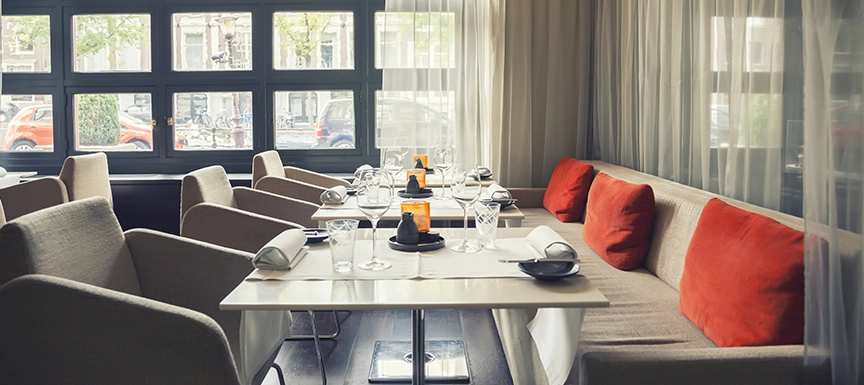
Warm Colours Boost Appetite
Colours such as terracotta, dusty coral, and earthy red are in harmony with increasing appetite and energy levels. These shades make people feel warm and comfortable, making them ideal for casual dining settings like dhabas, street-food joints, or family-style restaurants.
Cool Tones for Coastal and Seafood Setups
The aqua sea-foam greens, and chalky whites were perfect for a breezy ambience for a seafood or coastal-themed restaurant. These colours underpin the calmness of the sea and give diners a feeling of freshness and tranquility.
Deep Tones for Fine Dining
If your restaurant aims to offer a quiet, luxurious, and immersive experience, deep hues such as forest green, navy blue, or charcoal grey are excellent choices. These colours help slow down the pace of dining, making guests feel relaxed and encouraging them to savour their meal. To achieve a smooth finish with a soft glow, Beauty Little Master Sheen is a practical option that adds durability and elegance to interior walls without overspending.
Lighting Considerations
Lighting plays a crucial role in how paint colours appear. For example, LED lights, commonly used in restaurants, can alter the appearance of certain colours, often turning bright blues into dull greys. Before finalising your palette, it's essential to test paint swatches under your restaurant's actual lighting conditions, especially in the evening, to ensure the shades retain their intended mood and appeal.
Layered Colour Application
Using a layered approach to colour creates a more cohesive and visually pleasing environment. Start with a dominant wall colour as the anchor, then introduce secondary shades through elements like ceiling fans, planters, or framed menus. Finally, add accent touches through napkins, cushion covers, or tableware. This method avoids a cluttered or overly matched look while maintaining harmony throughout.
Paint Techniques to Elevate Your Resto Interior Design
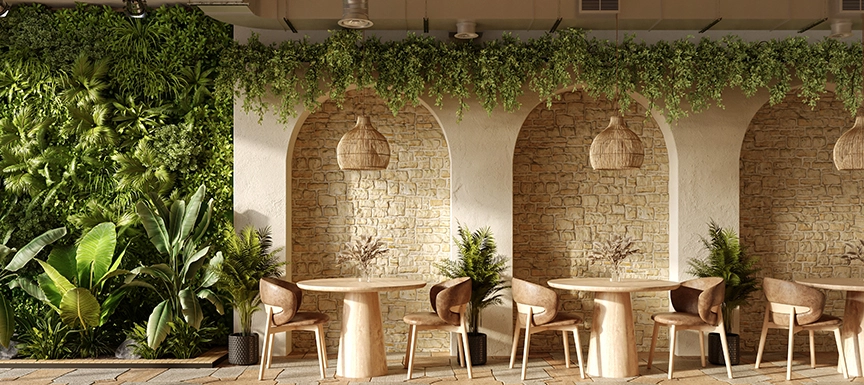
Flat colour works, yet a subtle technique adds depth for pennies. Try these:
- Ombre wash: blending two related colours from floor to ceiling elongates a low room.
- Rag-rolling: lightly dabbing glaze with a cotton rag introduces soft texture reminiscent of stucco villas in Goa.
- Colour blocking: painting geometric panels behind banquettes defines zones without the need for partitions.
- Blackboard paint: coat a column, then hand-write specials each morning for a homely touch.
These ideas demand more patience than money and instantly lift restaurant interior narratives.
Interior Design for Dining Zones in Restaurants
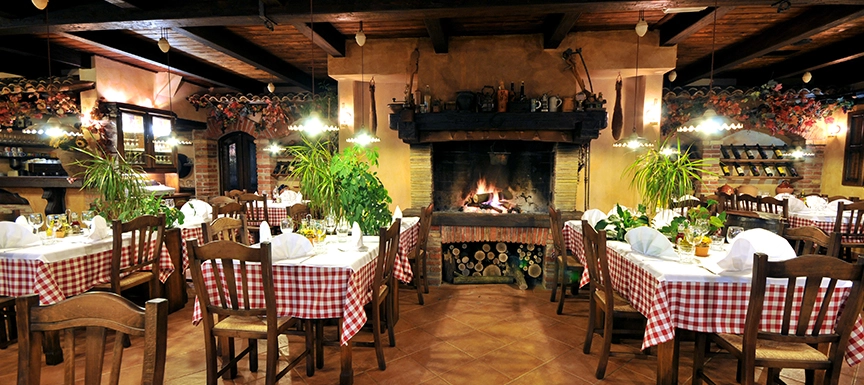
An effective layout respects the varied moods diners seek. Break the floor into three paint-driven zones:
- Quick bites: Near the entrance, brighter hues, such as saffron, encourage a sense of turnover. Pair with tough laminate tables.
- Casual linger: Alongside walls, mid-tone greens or clay help groups relax. Add soft pendant lights for warmth.
- Intimate nooks: At the rear, deeper blues or maroon cocoon couples. Matte finishes cut glare, allowing candlelight to shine through.
Such zoning harnesses interior design for dining principles while letting one kitchen serve different experiences under one roof.
Top Themes for Resto Interior Design Using Paint
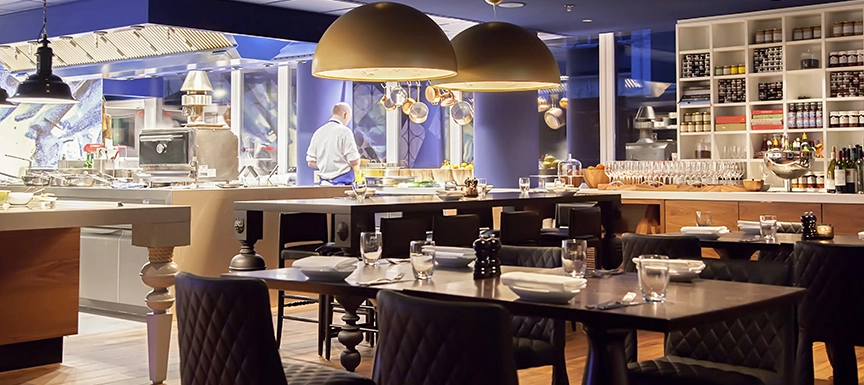
Paint supports storytelling. Consider these popular yet adaptable themes:
- Rustic Indian courtyard: lime-wash in faded peach, stencilled jaali patterns, and distressed wooden signage.
- Industrial chic: charcoal walls, exposed conduit picked out in copper paint, and a single mustard accent stripe.
- Tropical retreat: leaf-green half-walls, ceiling fans painted white, and stencilled palm silhouettes.
- Modern minimal: gallery-white walls offset by one graphite panel displaying local art.
Because paint is reversible, owners can trial a theme during festive seasons without incurring long-term risk, making it perfect for restaurant simple interior design experiments.
Final Thoughts on Restaurant Simple Interior Design with Paint
Sprucing up a dining room doesn't require plunging pockets. With strategic colour choices, clever techniques, and an eye on customer flow, paint becomes the budget hero of hospitality fit-outs. Embrace these ideas, let your brand spirit guide the palette, and watch visitors linger longer—and return sooner.
Key Takeaways
- Thoughtful interior design for restaurant spaces boosts ambience, mood, and repeat visits.
- Paint is an affordable way to refresh and define zones in any restaurant.
- Warm tones stimulate appetite; cool and deep hues shape different dining moods.
- Simple paint techniques like ombre or rag-rolling elevate resto interior design without big budgets.
- Layered colours and smart lighting enhance dining experiences and brand storytelling.
- Low-budget restaurant decor can still feel intentional, stylish, and Instagram-ready.
Nerolac Paints, a leading paint company in India offers a wide range of wall paint colours & painting services & solutions for homes & offices.
-
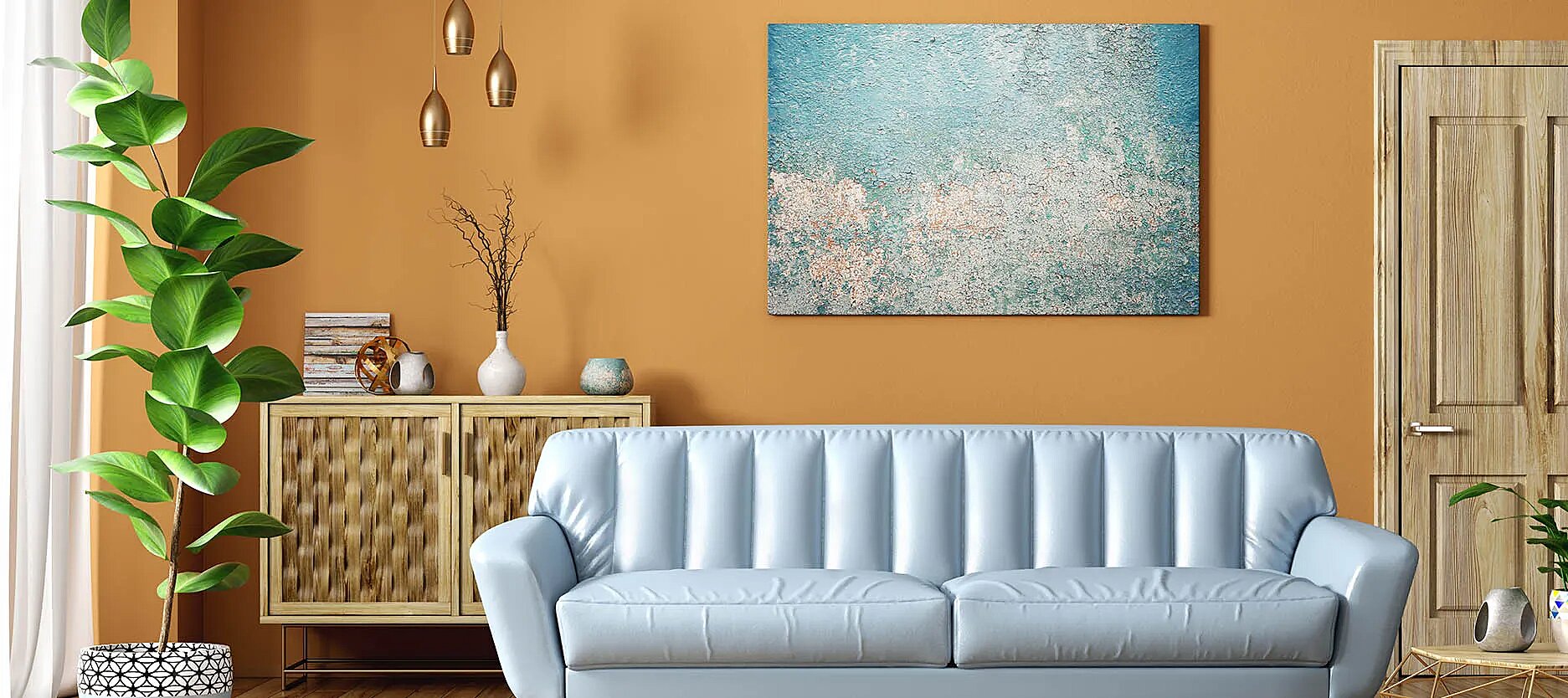
Best Colour Combination For Walls To Elevate Your Home Interiors Best Colour Combination For Walls To Elevate Your Home Interiors
Intoduction:In 2025, harmonious colour schemes for individuality and…
-
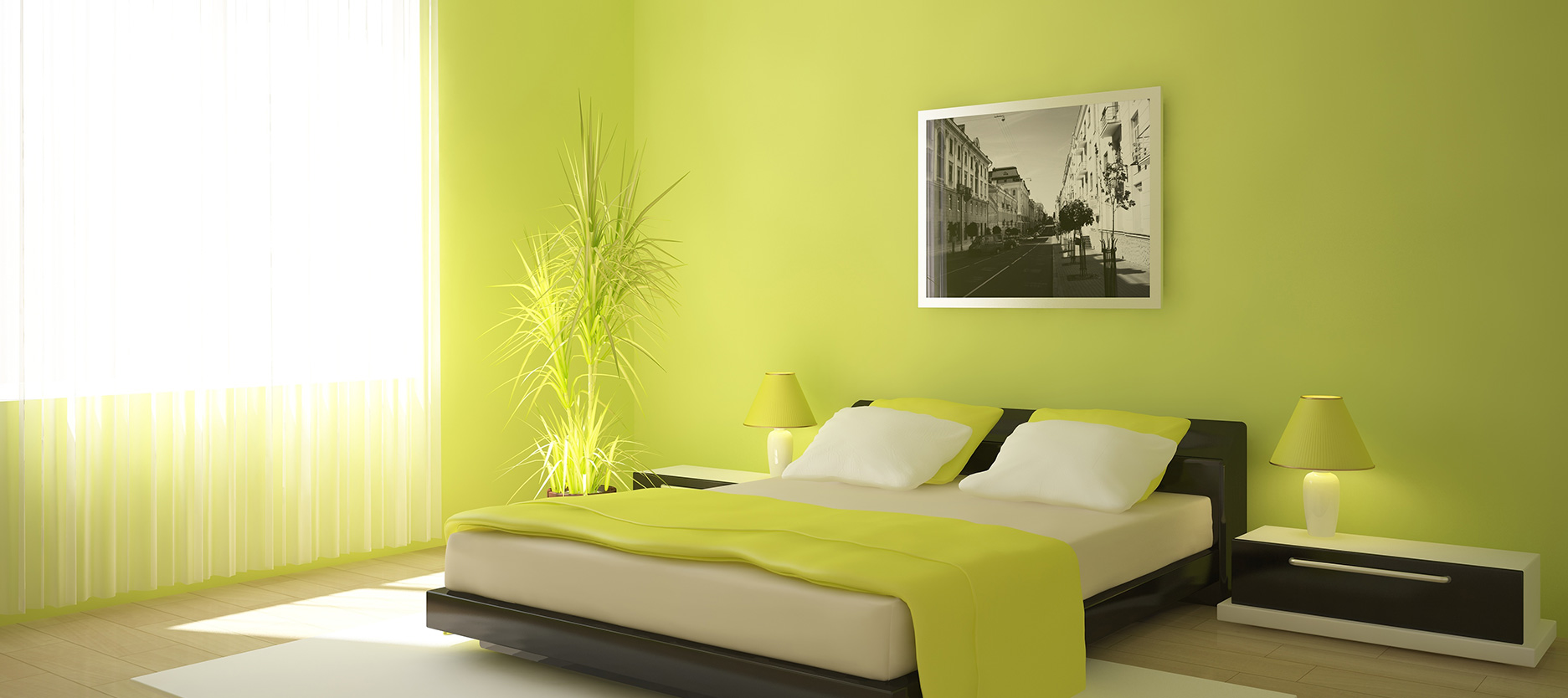
Best Green Colour Combinations for Walls – Schemes & Design Ideas Best Green Colour Combinations for Walls – Schemes & Design Ideas
Introduction:Green has long been a favourite choice in home decor…
-

What Colours Match with Blue? 14 Colour Combinations with Blue for Your Home What Colours Match with Blue? 14 Colour Combinations with Blue for Your Home
Blue is a universally popular colour for décor and design; choosing a colour…
-
Recent Blogs
- Vibrant Diwali Decoration Ideas for Living Room, Pooja Room & Balcony
- Diwali Wall Painting Ideas – Easy Art & Colour Designs
- Festive Home Paint Colours: Transforming Your Walls and Décor
- Vibrant Diwali Paint Designs - Transform Your Home This Festival Season
- Creative Diwali Decoration Ideas for Indoors and Outdoors
-
Get in Touch
Looking for something else? Drop your query and we will contact you.
-

House Interior Design & Interior Architecture: Creating Spaces That Inspire Previous Blog House Interior Design & Interior Architecture: Creating Spaces That Inspire -

Iron Modern Stair Railing Design and Stylish Grill Painting Guide Next Blog Iron Modern Stair Railing Design and Stylish Grill Painting Guide
Get in Touch
Looking for something else? Drop your query and we will contact you.
Popular Post
Popular Searches
-

Get in Touch Get in Touch -

Store Locator Store Locator -

Download App Download App
Get in Touch
Looking for something else? Drop your query and we will contact you.

